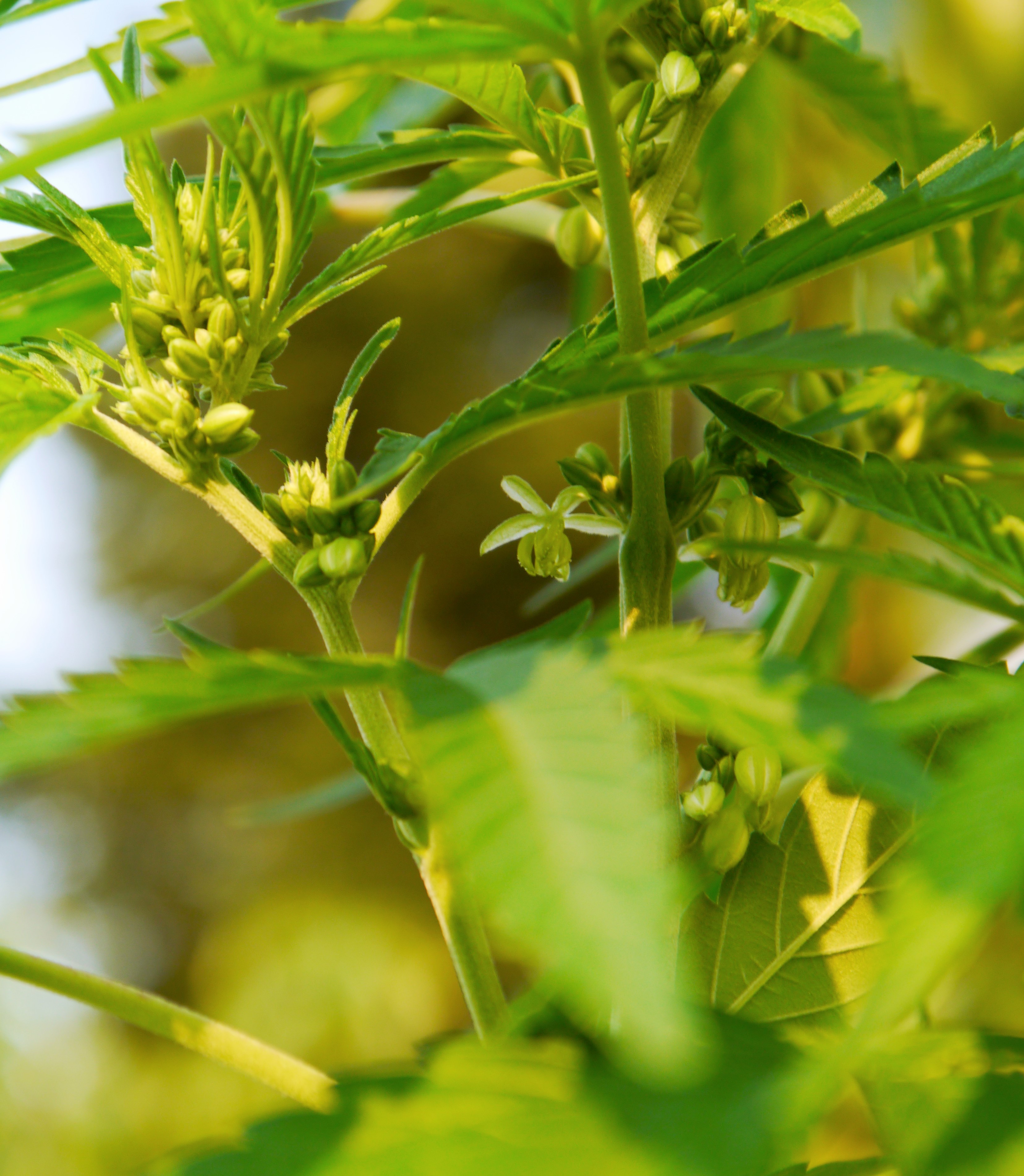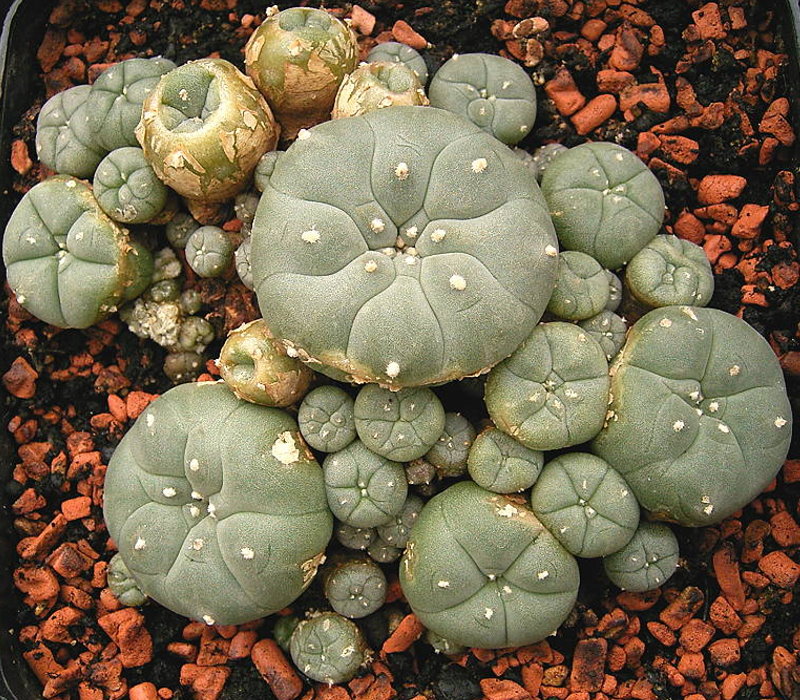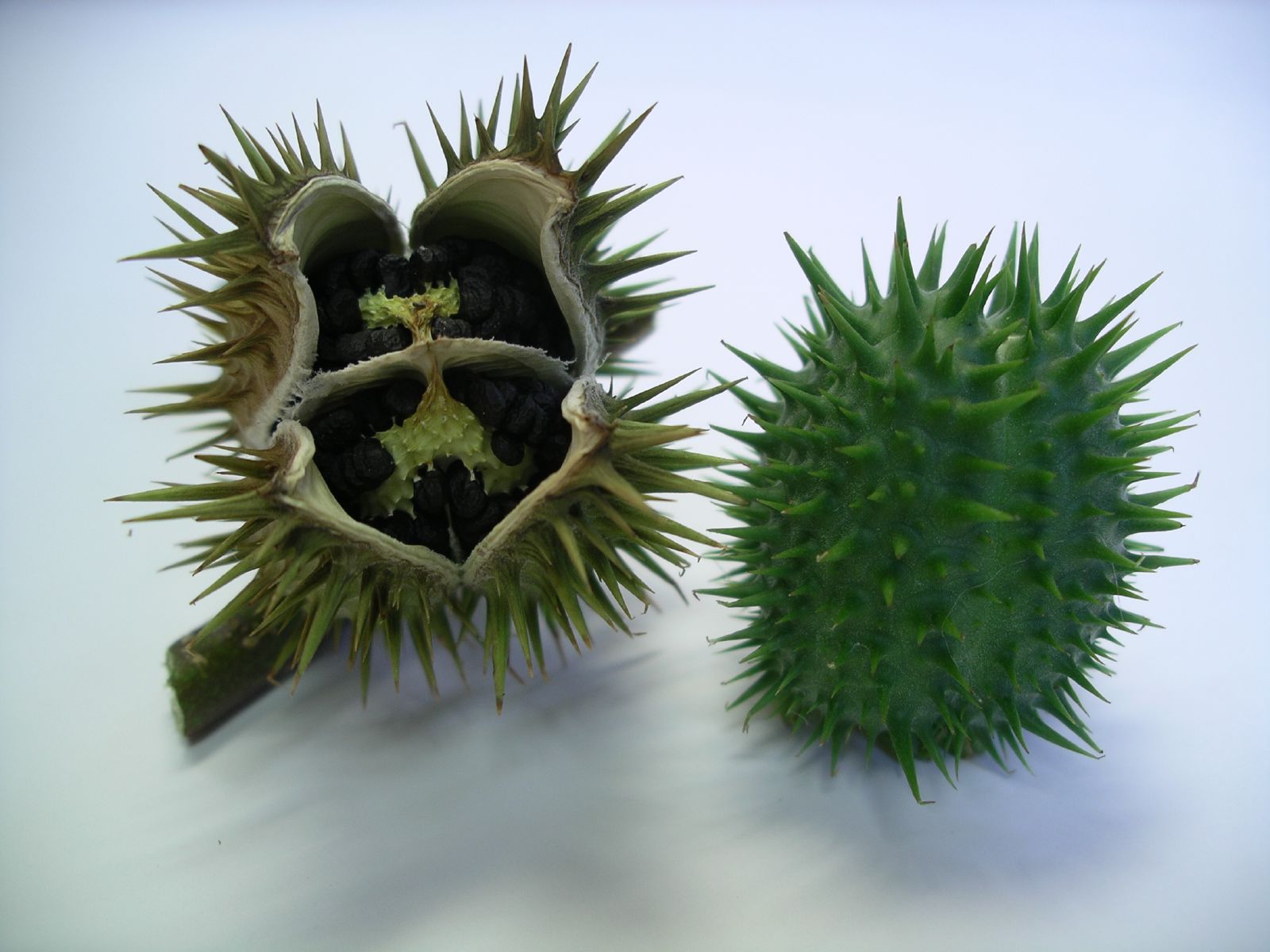|
HU-243
HU-243 (AM-4056) is a synthetic cannabinoid drug that is a single enantiomer of the hydrogenated derivative of the commonly used reference agonist HU-210. It is a methylene homologue of canbisol. It is a potent agonist at both the CB1 and CB2 receptors, with a binding affinity of 0.041 nM at the CB1 receptor, making it marginally more potent than HU-210, which had an affinity of 0.061 nM in the same assay. Legal status HU-243 is not listed in the schedules set out by the United Nations' Single Convention on Narcotic Drugs from 1961 nor their Convention on Psychotropic Substances from 1971, so the signatory countries to these international drug control treaties are not required by said treaties to control HU-243. United States HU-243 is not listed in the list of scheduled controlled substances in the USA. It is therefore not scheduled at the federal level in the United States, but it is possible that HU-243 could legally be considered an analog of THC (which is o ... [...More Info...] [...Related Items...] OR: [Wikipedia] [Google] [Baidu] |
HU-210
HU-210 is a synthetic cannabinoid that was first synthesized in 1988 from (1R,5S)-myrtenol by a group led by Raphael Mechoulam at the Hebrew University. HU-210 is 100 to 800 times more potent than natural THC from cannabis and has an extended duration of action. HU-210 has a binding affinity of 0.061nM at CB1 and 0.52nM at CB2 in cloned human cannabinoid receptors. Compared to Delta-9-THC of 40.7nM at CB1. HU-210 is the (–)-1,1-dimethylheptyl analog of 11-hydroxy- Δ8- tetrahydrocannabinol; in some references it is called 1,1-dimethylheptyl- 11-hydroxytetrahydrocannabinol. The abbreviation "HU" stands for Hebrew University. Effects and research HU-210, the (–) enantiomer of 11-OH-D8-THC-DMH, has almost all of the cannabinoid activity, while the (+) enantiomer, known as HU-211, is inactive as a cannabinoid and instead acts as an NMDA antagonist having neuroprotective effects. HU-210 promotes proliferation, but not differentiation, of cultured embryonic hippocampal ... [...More Info...] [...Related Items...] OR: [Wikipedia] [Google] [Baidu] |
Canbisol
Canbisol (Nabidrox), is a synthetic cannabinoid derivative that is the dimethylheptyl homologue of 9-''nor''-9β-hydroxyhexahydrocannabinol ( HHC). It is a potent agonist at both the CB1 and CB2 receptors, with a binding affinity of 0.1nM at CB1 and 0.2nM at CB2. It is mainly used in scientific research, in receptor binding studies to determine the structure and function of the cannabinoid receptors, but has been made illegal in some countries due to its possible abuse potential as a cannabinomimetic drug. See also * HU-210 * HU-243 * Nabilone Nabilone, sold under the brand name Cesamet among others, is a synthetic cannabinoid with therapeutic use as an antiemetic and as an adjunct analgesic for neuropathic pain. It mimics tetrahydrocannabinol (THC), the primary psychoactive compound ... References Cannabinoids Benzochromenes Cyclohexanols Phenols {{cannabinoid-stub ... [...More Info...] [...Related Items...] OR: [Wikipedia] [Google] [Baidu] |
Synthetic Cannabinoid
Synthetic cannabinoids are a class of designer drug molecules that bind to the same receptors to which cannabinoids ( THC, CBD and many others) in cannabis plants attach. These novel psychoactive substances should not be confused with synthetic phytocannabinoids (THC or CBD obtained by chemical synthesis) or synthetic endocannabinoids from which they are in many aspects distinct. Typically, synthetic cannabinoids are sprayed onto plant matter and are usually smoked, although they have also been ingested as a concentrated liquid form in the US and UK since 2016. They have been marketed as herbal incense, or "herbal smoking blends", and sold under common names like K2, spice, and synthetic marijuana. They are often labeled "not for human consumption" for liability defense. A large and complex variety of synthetic cannabinoids are designed in an attempt to avoid legal restrictions on cannabis, making synthetic cannabinoids designer drugs. Most synthetic cannabinoids are agon ... [...More Info...] [...Related Items...] OR: [Wikipedia] [Google] [Baidu] |
CP-47,497
CP 47,497 or (C7)-CP 47,497 is a cannabinoid receptor agonist drug, developed by Pfizer in the 1980s. It has analgesic effects and is used in scientific research. It is a potent CB1 agonist with a ''K''d of 2.1 nM. Homologue On the 19th of January 2009, the University of Freiburg in Germany announced that an analog of CP 47,497 is the main active ingredient in the herbal "incense" product Spice, specifically the 1,1-dimethyloctyl homologue of CP 47,497. Both the dimethylheptyl and dimethyloctyl homologues were detected in different batches, with considerable variation in the concentration present in different samples that were analysed. The weaker dimethylhexyl and dimethylnonyl homologues were not found in any batches of smoking blends tested, but have been legally scheduled alongside the others in some jurisdictions, to forestall any potential use for this purpose. The 1,1-dimethyloctyl homologue of CP 47,497 is several times more potent than the parent compound, which is ... [...More Info...] [...Related Items...] OR: [Wikipedia] [Google] [Baidu] |
Cannabinoid Receptor Type 1
Cannabinoid receptor type 1 (CB1), also known as cannabinoid receptor 1, is a G protein-coupled cannabinoid receptor that in humans is encoded by the ''CNR1'' gene. The human CB1 receptor is expressed in the peripheral nervous system and central nervous system. It is activated by: endocannabinoids, a group of retrograde neurotransmitters that include anandamide and 2-arachidonoylglycerol (2-AG); plant phytocannabinoids, such as the compound THC which is an active ingredient of the psychoactive drug cannabis; and, synthetic analogs of THC. CB1 is antagonized by the phytocannabinoid tetrahydrocannabivarin (THCV). The primary endogenous agonist of the human CB1 receptor is anandamide. Structure The CB1 receptor shares the structure characteristic of all G-protein-coupled receptors, possessing seven transmembrane domains connected by three extracellular and three intracellular loops, an extracellular N-terminal tail, and an intracellular C-terminal tail. The receptor may ... [...More Info...] [...Related Items...] OR: [Wikipedia] [Google] [Baidu] |
Cannabis Sativa
''Cannabis sativa'' is an annual herbaceous flowering plant indigenous to Eastern Asia, but now of cosmopolitan distribution due to widespread cultivation. It has been cultivated throughout recorded history, used as a source of industrial fiber, seed oil, food, recreation, religious and spiritual moods and medicine. Each part of the plant is harvested differently, depending on the purpose of its use. The species was first classified by Carl Linnaeus in 1753. The word ''sativa'' means "things that are cultivated." Plant physiology The flowers of ''Cannabis sativa'' are unisexual and plants are most often either male or female. It is a short-day flowering plant, with staminate (male) plants usually taller and less robust than pistillate (female or male) plants. The flowers of the female plant are arranged in racemes and can produce hundreds of seeds. Male plants shed their pollen and die several weeks prior to seed ripening on the female plants. Under typical conditions with ... [...More Info...] [...Related Items...] OR: [Wikipedia] [Google] [Baidu] |
Psilocybin
Psilocybin ( , ) is a naturally occurring psychedelic prodrug compound produced by more than 200 species of fungi. The most potent are members of the genus ''Psilocybe'', such as '' P. azurescens'', '' P. semilanceata'', and '' P. cyanescens'', but psilocybin has also been isolated from about a dozen other genera. Psilocybin is itself biologically inactive but is quickly converted by the body to psilocin, which has mind-altering effects similar, in some aspects, to those of LSD, mescaline, and DMT. In general, the effects include euphoria, visual and mental hallucinations, changes in perception, a distorted sense of time, and perceived spiritual experiences. It can also cause adverse reactions such as nausea and panic attacks. Imagery found on prehistoric murals and rock paintings of modern-day Spain and Algeria suggests that human usage of psilocybin mushrooms predates recorded history. In Mesoamerica, the mushrooms had long been consumed in spiritual and div ... [...More Info...] [...Related Items...] OR: [Wikipedia] [Google] [Baidu] |
Lysergic Acid Diethylamide
Lysergic acid diethylamide (LSD), also known colloquially as acid, is a potent psychedelic drug. Effects typically include intensified thoughts, emotions, and sensory perception. At sufficiently high dosages LSD manifests primarily mental, visual, as well as auditory, hallucinations. Dilated pupils, increased blood pressure, and increased body temperature are typical. Effects typically begin within half an hour and can last for up to 20 hours. LSD is also capable of causing mystical experiences and ego dissolution. It is used mainly as a recreational drug or for spiritual reasons. LSD is both the prototypical psychedelic and one of the "classical" psychedelics, being the psychedelics with the greatest scientific and cultural significance. LSD is typically either swallowed or held under the tongue. It is most often sold on blotter paper and less commonly as tablets, in a watery solution or in gelatin squares called panes. LSD is considered to be non-addictive with low potent ... [...More Info...] [...Related Items...] OR: [Wikipedia] [Google] [Baidu] |
Peyote
The peyote (; ''Lophophora williamsii'' ) is a small, spineless cactus which contains Psychoactive cactus, psychoactive alkaloids, particularly mescaline. ''Peyote'' is a Spanish word derived from the Nahuatl (), meaning "caterpillar Pupa#Cocoon, cocoon", from a root , "to glisten". p. 246. See wikt:peyotl, peyotl in Wiktionary. Peyote is native to Mexico and southwestern Texas. It is found primarily in the Sierra Madre Occidental, the Chihuahuan Desert and in the States of Mexico, states of Nayarit, Coahuila, Nuevo León, Tamaulipas, and San Luis Potosí among scrub. It flowers from March to May, and sometimes as late as September. The flowers are pink, with thigmotactic anthers (like ''Opuntia''). Known for its psychoactive properties when ingested, peyote has at least 5,500 years of entheogenic and traditional medicine, medicinal use by Indigenous people of the Americas, indigenous North Americans. Description The various species of the genus ''Lophophora'' grow low to th ... [...More Info...] [...Related Items...] OR: [Wikipedia] [Google] [Baidu] |
Mescaline
Mescaline or mescalin (3,4,5-trimethoxyphenethylamine) is a naturally occurring psychedelic protoalkaloid of the substituted phenethylamine class, known for its hallucinogenic effects comparable to those of LSD and psilocybin. Biological sources It occurs naturally in several species of cacti. It is also found in small amounts in certain members of the bean family, Fabaceae, including '' Acacia berlandieri''. However those claims concerning ''Acacia'' species have been challenged and have been unsupported in any additional analysis. History and use Peyote has been used for at least 5,700 years by Indigenous peoples of the Americas in Mexico. Europeans noted use of peyote in Native American religious ceremonies upon early contact, notably by the Huichols in Mexico. Other mescaline-containing cacti such as the San Pedro have a long history of use in South America, from Peru to Ecuador. While religious and ceremonial peyote use was widespread in the Aztec empire and nor ... [...More Info...] [...Related Items...] OR: [Wikipedia] [Google] [Baidu] |
Stramonium
''Datura stramonium'', known by the common names thorn apple, jimsonweed (jimson weed), devil's snare, or devil's trumpet, is a poisonous flowering plant of the nightshade family Solanaceae. It is a species belonging to the '' Datura'' genus and '' Daturae'' tribe. Its likely origin was in Central America, and it has been introduced in many world regions. It is an aggressive invasive weed in temperate climates across the world. ''D. stramonium'' has frequently been employed in traditional medicine to treat a variety of ailments. It has also been used as a hallucinogen (of the anticholinergic/antimuscarinic, deliriant type), taken entheogenically to cause intense, sacred or occult visions.Schultes, Richard Evans; Albert Hofmann (1979). ''Plants of the Gods: Origins of Hallucinogenic Use'' New York: McGraw-Hill. . It is unlikely ever to become a major drug of abuse owing to effects upon both mind and body frequently perceived as being highly unpleasant, giving rise to a sta ... [...More Info...] [...Related Items...] OR: [Wikipedia] [Google] [Baidu] |
Florida
Florida is a state located in the Southeastern region of the United States. Florida is bordered to the west by the Gulf of Mexico, to the northwest by Alabama, to the north by Georgia, to the east by the Bahamas and Atlantic Ocean, and to the south by the Straits of Florida and Cuba; it is the only state that borders both the Gulf of Mexico and the Atlantic Ocean. Spanning , Florida ranks 22nd in area among the 50 states, and with a population of over 21 million, it is the third-most populous. The state capital is Tallahassee, and the most populous city is Jacksonville. The Miami metropolitan area, with a population of almost 6.2 million, is the most populous urban area in Florida and the ninth-most populous in the United States; other urban conurbations with over one million people are Tampa Bay, Orlando, and Jacksonville. Various Native American groups have inhabited Florida for at least 14,000 years. In 1513, Spanish explorer Juan Ponce de León became the first k ... [...More Info...] [...Related Items...] OR: [Wikipedia] [Google] [Baidu] |






